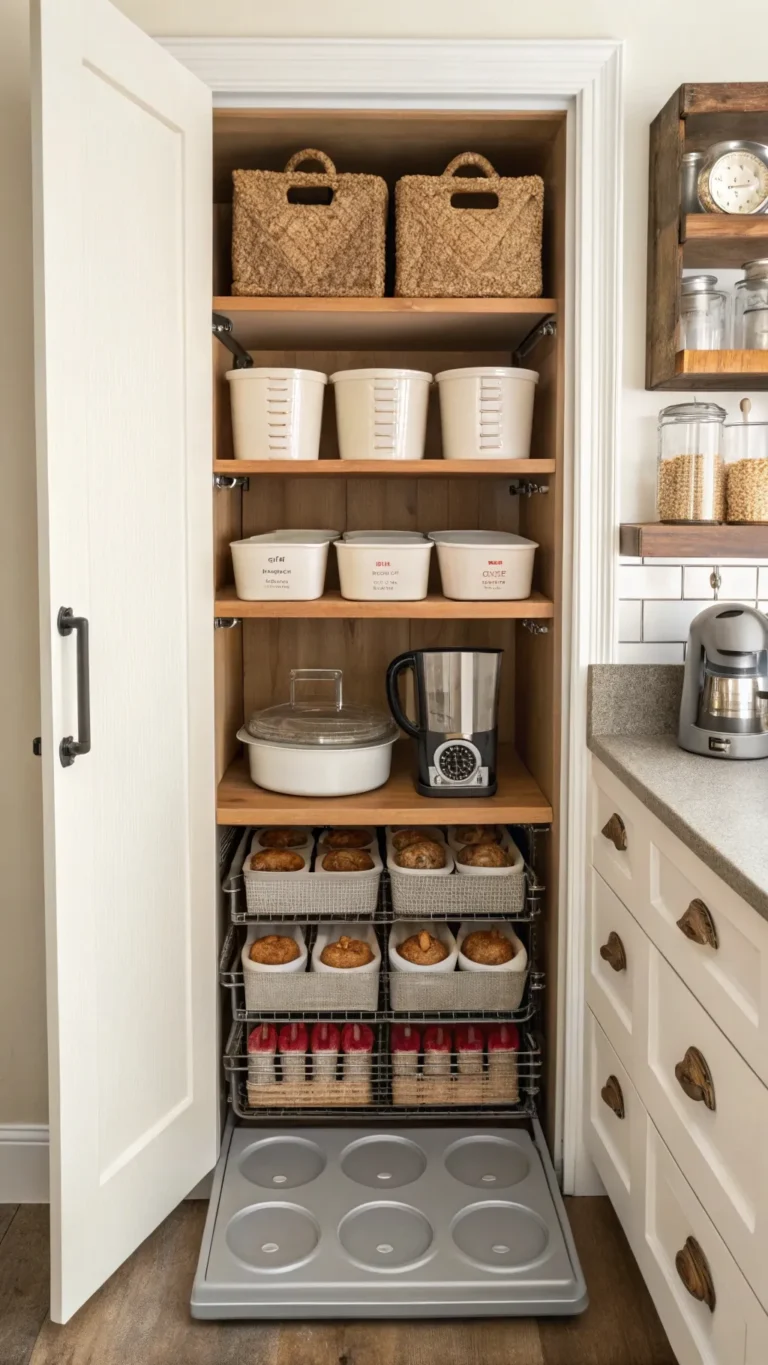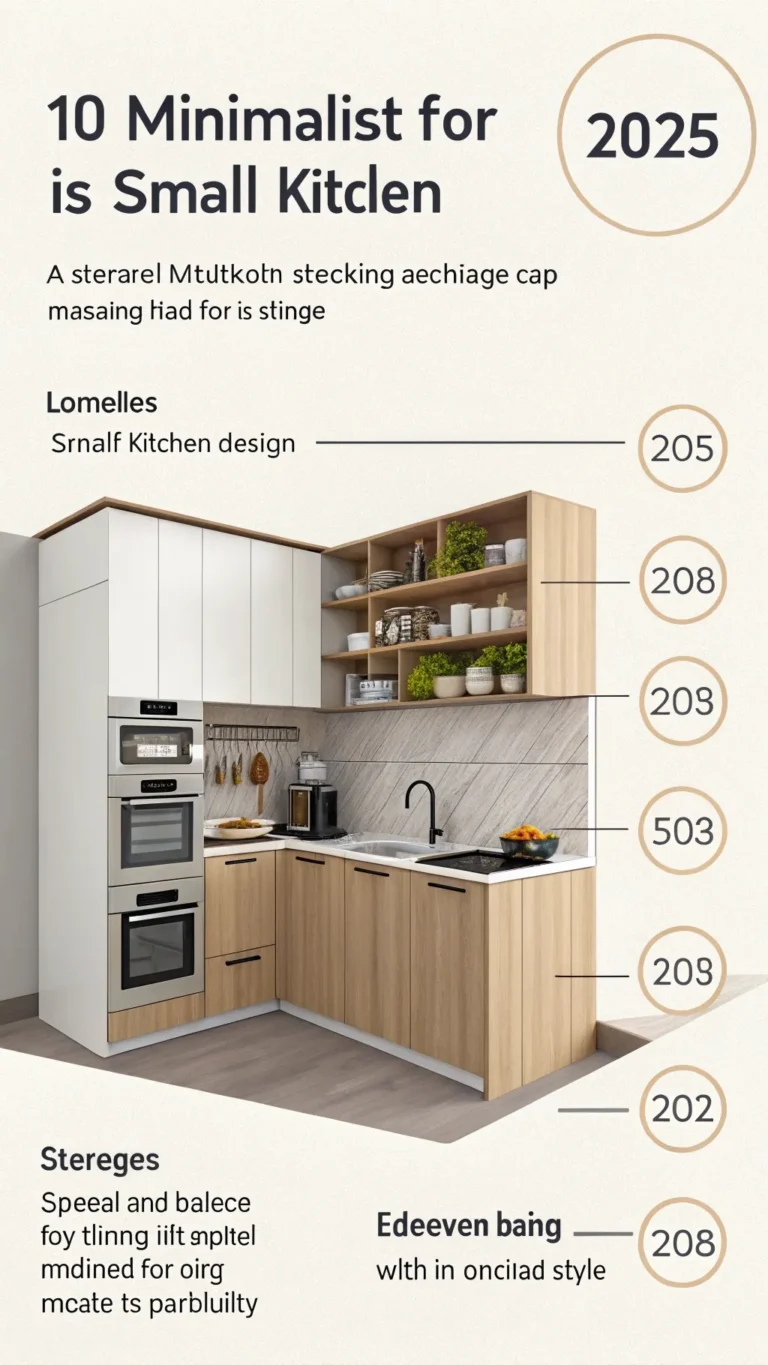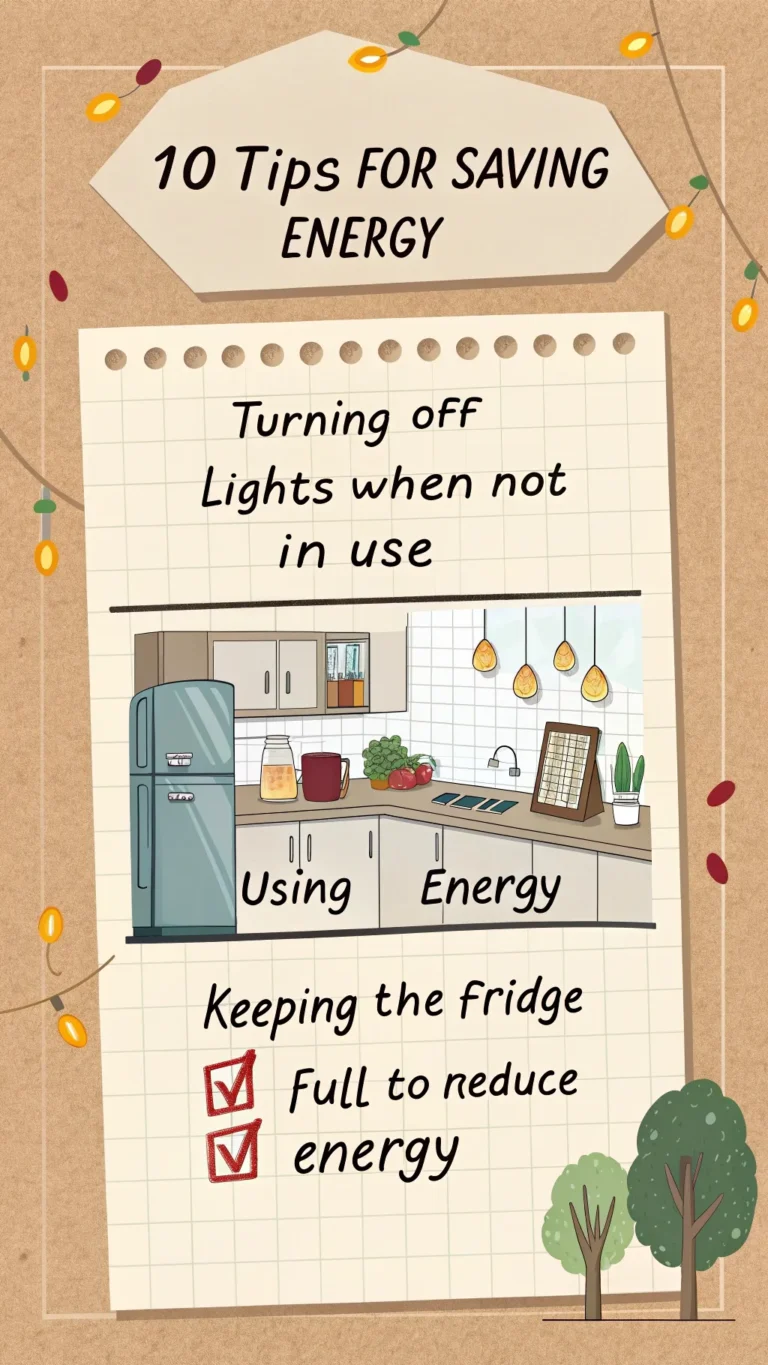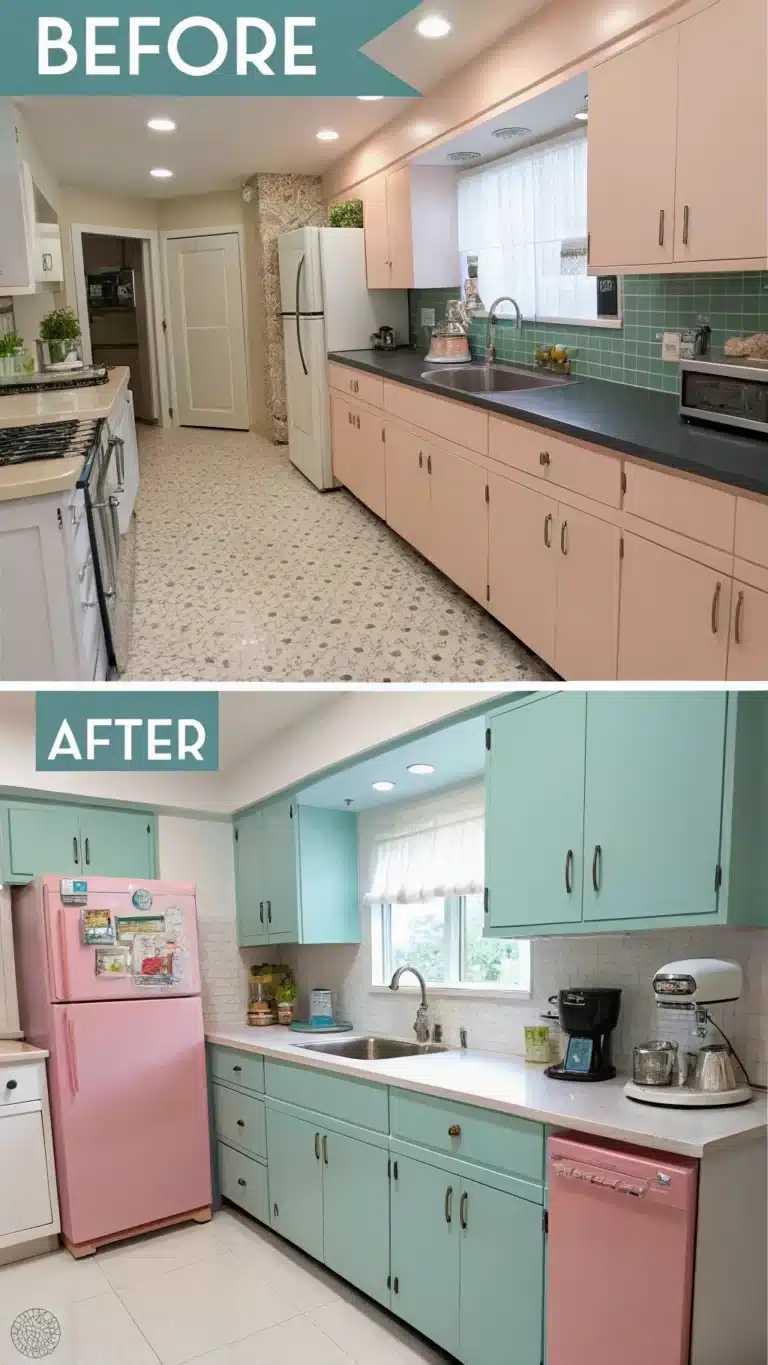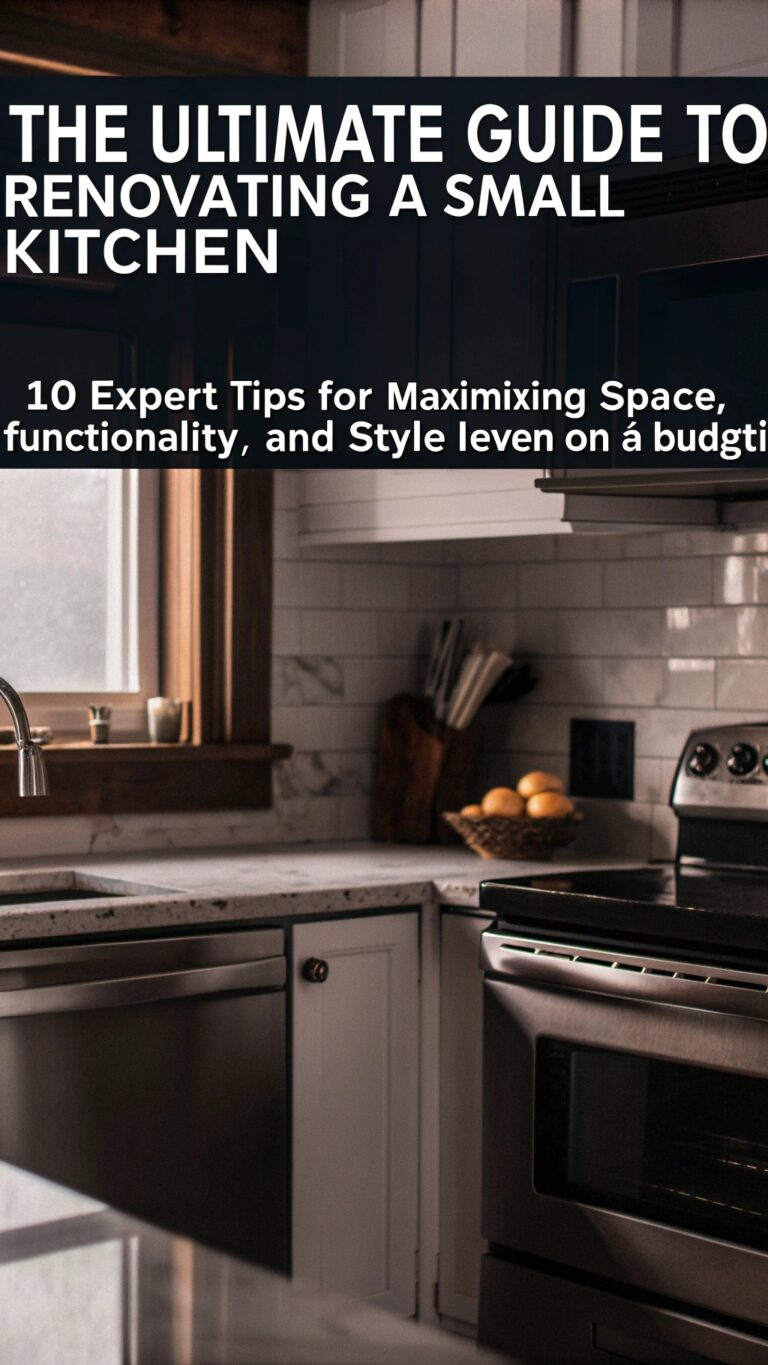A small kitchen fire feels sudden. It brings instant fear. I remember my first one. Just a pan of oil got too hot. Flames shot up fast. My heart pounded hard. Even tiny fires cause worry. They can damage your kitchen. They create a lot of stress.
Many people freeze up. They don’t know the right steps. Taking wrong actions can be unsafe. It might make the fire worse. It can cause more damage. Knowing what to do is key.
This guide helps you. It shows you safe steps. It covers what to do after a small kitchen fire. We start with safety first. Then we talk about cleanup. We look at damage assessment. We cover insurance claims too. We also discuss stopping future fires. This is about Kitchen safety. It is about Emergency preparedness.
We will explain fire types. You will learn first actions. We cover being safe later. We tackle smoke and soot. We guide you through insurance. We share prevention tips.
Here are the main sections for your guide.
Your First Few Minutes: Immediate Steps After a Kitchen Fire
A small kitchen fire is scary. Stay calm. This is hard. Clear thinking helps you. Look at the fire. What kind is it? Is it a Grease fire? Maybe Electrical fire kitchen? Is it an Oven fire? Knowing the type matters. Never use water on grease. That makes it worse. This is basic Cooking safety tips.
Turn off the heat now. Turn off the stove. Turn off the oven. Unplug the appliance. Do this if it is safe.
Smother small flames. Use a metal lid for grease. Baking soda also works. Do not use water or flour. Keep the oven door shut. Turn the oven off. Keep the microwave door shut. Unplug the microwave unit.
Use a Fire extinguisher. Use it on small fires. Get a kitchen type. Use the PASS method. Know when not to fight. Leave if fire grows. Leave if smoke is thick. Leave if you cannot put it out. Call 911 fast. Call if you are unsure. Call if fire spreads. It is always safer to call.
Here is a quick list.
Immediate Steps Checklist:
- Stay as calm as possible.
- Figure out the fire type.
- Turn off the heat source.
- Smother small fires safely.
- Use a Fire extinguisher if needed.
- Know when to leave.
- Call 911 if needed.
This is about Immediate steps after kitchen fire. It is part of Kitchen safety.
After the Flames are Out: Securing Your Kitchen and Assessing Damage
The fire is out. Are you sure it is out? Check for hot spots. Look for smoke. Open windows and doors. Do this if it is safe. Let smoke clear out. Use fans to help Ventilation. This helps with Removing smoke odor.
Turn off gas lines. Turn off electric power. Do this in the fire area. This is smart. Especially with electric fires. Smoke is dangerous to breathe. Get fresh air. See a doctor if you feel bad.
Look at the damage. What is burned? What is melted? See the soot? See smoke residue? Check walls and counters. Look at appliances. This is Property damage. Take pictures of everything. Take videos too. Do this now. Do it before you clean. This helps with insurance. Soot removal is coming.
Sometimes you need help. Call the fire department. They check for hidden fire. Call an electrician. Call a plumber. Call Fire restoration services. They fix fire damage. Secure the area. Keep people away.
Here is a story. My friend had a small pan fire. He put it out fast. Smoke went everywhere. Soot covered his kitchen. He did not clean right away. He opened windows first. He turned on fans. He checked for hot spots. He took many photos. He photographed walls. He photographed counters. He photographed items. He called his insurance. The photos helped a lot. He saw the full mess. He knew he needed help. He hired Fire restoration services. They cleaned deep. This showed him what to do after a small kitchen fire. It was more than just stopping flames.
This section covers Dealing with fire damage in the kitchen. It is about Smoke damage cleanup. It uses Ventilation after fire.
Restoring Your Kitchen: Cleaning Soot, Smoke Damage, and Lingering Odors
Cleaning up fire mess is hard. Wear safety gear. Use gloves. Wear a mask. Protect your eyes. Keep air moving. Good Ventilation helps.
Soot is tricky. Use dry methods first. Vacuum with a HEPA filter. Use special dry sponges. Then wash surfaces. Use cleaners made for soot. Clean walls. Clean cabinets. Clean appliances. Clean counters. These are Soot removal steps. This is Smoke damage cleanup.
Some things you clean. Some things you throw away. Toss open food. Toss things that melted. Porous items absorb smoke. They might need tossing. Clean appliances carefully. Get a repair person. They check stoves and microwaves.
Smoke smell stays long. It is the worst part. Open windows more. Use baking soda. Use vinegar. Try charcoal. These help Removing smoke odor. Special products also work. Be careful with ozone machines. They need careful use. Wash curtains and rugs. Clean soft things well.
Smoke gets in ducts. Air ducts spread smell. You might need duct cleaning. Hire professionals for this.
Think about cleaning yourself.
DIY Cleanup vs. Professional Help:
- DIY Cleanup:
- You do the work.
- Saves some money.
- Takes lots of time.
- Might not get all soot.
- Smell might stay.
- Need supplies.
- Professional Cleaning:
- They do the work.
- Costs more money.
- They clean faster.
- They have strong tools.
- They remove soot better.
- They remove smells better.
- This is Fire restoration services.
Doing it yourself is possible. It is DIY cleanup. Professionals do deep cleaning. This is Professional cleaning. Choose based on damage.
This section is about Cleaning smoke damage kitchen. It helps with Removing smoke smell kitchen.
The Recovery Phase: Working with Your Home Insurance After a Kitchen Fire
Dealing with insurance helps recovery. Call your insurer fast. Tell them about the fire. Do it right away. Show them your photos. Show them videos. Remember you took them? They need proof. They need list of damaged items.
Know your policy. What does it cover? Fire and smoke damage is common. Check your deductible. That is your cost first. An adjuster will visit. Walk them through the damage. Give them your list. Get quotes for repairs. Find good contractors.
Then you settle the claim. You get payment. Keep copies of everything. Keep notes of calls. Keep estimates and receipts. This is about Kitchen fire insurance claim. It involves Home insurance and Property damage.
Beyond Recovery: Essential Kitchen Fire Prevention Strategies
Stop fires before they start. This is key. Many fires start cooking. Unattended cooking is bad. Grease buildup causes fires. Bad outlets cause fires. Things too close to heat burn. Faulty appliances are risky. These are common causes.
Cook safely every day. Never leave cooking food. Watch frying closely. Watch broiling too. Clean your stove often. Clean off grease. Turn pot handles inward. Use kitchen timers. These are Cooking safety tips.
Check appliance cords. Check outlets too. Do not plug too much in one spot. Clean ovens regularly. Clean microwaves too. Follow appliance guides. This stops Electrical fire kitchen.
Have safety gear ready. Put Smoke detector near kitchen. Test it each month. Get the right Fire extinguisher. Keep it close. Know how to use it. Check its pressure gauge. Test it monthly.
Keep things away from heat. Towels, paper burn easily. Make a safe space. Keep kids away. Keep pets away. Cooking areas need caution.
Check your Smoke detector batteries. Check your Fire extinguisher pressure. Do this every month. This is smart Kitchen safety. Good Ventilation helps too. Range hoods remove grease and smoke.
Your Questions Answered: Common Concerns After a Small Kitchen Fire
You have questions after a fire. That is normal. Here are some answers.
How quickly do I need to start cleaning smoke damage?
Start fast. Clean once it is safe. Document everything first. Soot is easier to remove early. It gets harder later. This is part of Smoke damage cleanup.
Can I use regular household cleaners to remove soot and smoke smell?
Some cleaners help a little. Specialized products work best. They lift soot better. They fight smoke smell. Regular cleaners might not be enough. Especially for smells. This is key for Removing smoke odor. Consider DIY cleanup limits.
How often should I test my kitchen smoke detector and fire extinguisher?
Test your Smoke detector every month. Push the test button. Check your Fire extinguisher gauge monthly. The needle should be in the green. This keeps you safe.
Will my homeowners insurance cover damage from a small kitchen fire?
Yes, usually. Most policies cover fire damage. They cover smoke too. Check your specific plan. Look at your deductible. This is part of your Home insurance. File that Kitchen fire insurance claim.
Is it safe to cook in my kitchen immediately after a small fire?
No, not right away. Clean everything well first. Ventilate the area fully. Get damaged things checked. An electrician might be needed. Make sure it is safe. Then you can cook. This is important Kitchen safety. It ensures safe Cooking safety.
Staying Safe in the Heart of Your Home
A kitchen fire is frightening. We covered the important steps. Stay safe and check damage first. Then clean up and handle insurance.
Even small fires feel big. They need proper action. Knowing what to do after a small kitchen fire helps. It makes things safer.
It feels scary, I know. But this guide gives you power. Check your Kitchen safety today. Good Cooking safety tips prevent fires.

